Wyche Inside IP
By Troy A. Tessier
Aereo, Inc. (“Aereo”) provided a monthly service allowing subscribers to select broadcast television programming available over the airwaves to be captured by an individual, subscriber-specific antenna, copied to an individual, subscriber-specific hard drive folder, and then streamed to that subscriber for viewing on a slight delay. This new technology was challenged by television broadcasters and others as infringing their copyrighted programming.
Under the Copyright Act, the author of a work has the exclusive right to “perform” that work publicly. Aereo argued that it was not infringing because it was not “performing” any works, but merely supplying equipment and technology to its subscribers and allowing them to capture and record signals that would otherwise be available for them to capture on an ordinary home antenna and record on a DVR. It further argued that it was not transmitting any performance “to the public” because its technology allowed individualized transmissions, so each subscriber was merely obtaining his or her own copy of the transmitted work.
In American Broadcasting Cos., Inc. v. Aereo, Inc., 573 U.S. __ (2014), the Supreme Court disagreed and held that Aereo was infringing copyrighted broadcasts by transmitting a performance to the public within the meaning of the Copyright Act’s Transmit Clause. The Court viewed Aereo’s activities as substantially similar to the activities of cable television providers of the late 1960’s and early 1970’s, and noted that the Copyright Act was amended specifically (in 1976) to prohibit transmission of television shows by community antenna television (CATV) systems that accomplished the same basic result as Aereo’s technology, though in a more primitive way. The Court concluded that it does not matter that Aereo accomplishes its communication of a copyrighted work by transmitting a performance to multiple subscribers in a large number of discrete communications.






